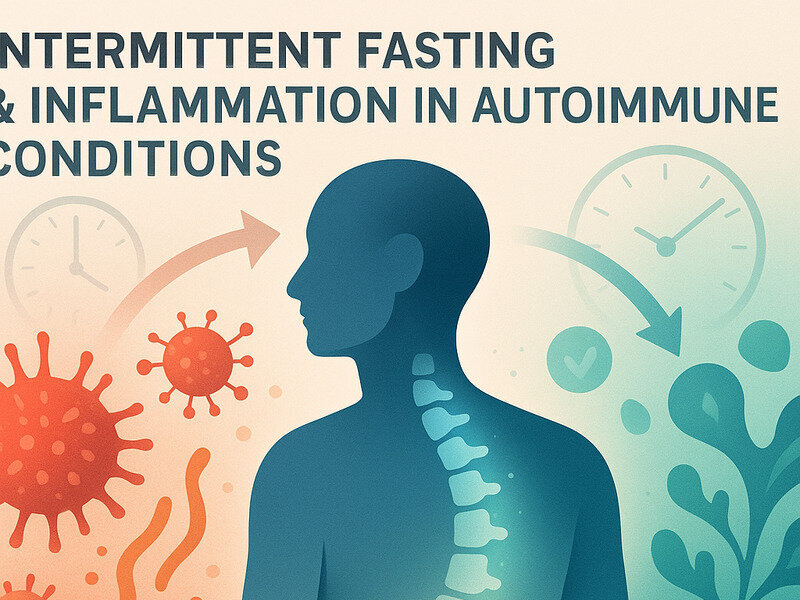
Ankylosing spondylitis (AS) is a type of inflammatory arthritis that primarily affects the spine, leading to pain and stiffness. However, AS is not limited to spinal involvement alone. It can also manifest in other parts of the body, causing a range of extra-spinal symptoms that can significantly impact a patient's quality of life. This article explores these extra-spinal symptoms, their prevalence, and the implications for those living with AS.
Understanding Ankylosing Spondylitis
Ankylosing spondylitis is a chronic inflammatory disease that predominantly affects the axial skeleton, particularly the sacroiliac joints and spine. Over time, it can lead to the fusion of vertebrae, resulting in reduced flexibility and a hunched posture. The condition is more common in men than women and typically begins in early adulthood.
While the hallmark of AS is spinal inflammation, approximately 40% of patients experience extra-spinal manifestations, according to a study published in the Annals of the Rheumatic Diseases. These manifestations can affect various systems in the body, including the eyes, skin, gastrointestinal tract, and cardiovascular system.
Extra-Sp...
Premium preview
Premium members unlock the full article—complete step-by-step routines, deeper coaching notes, and exclusive frameworks.


